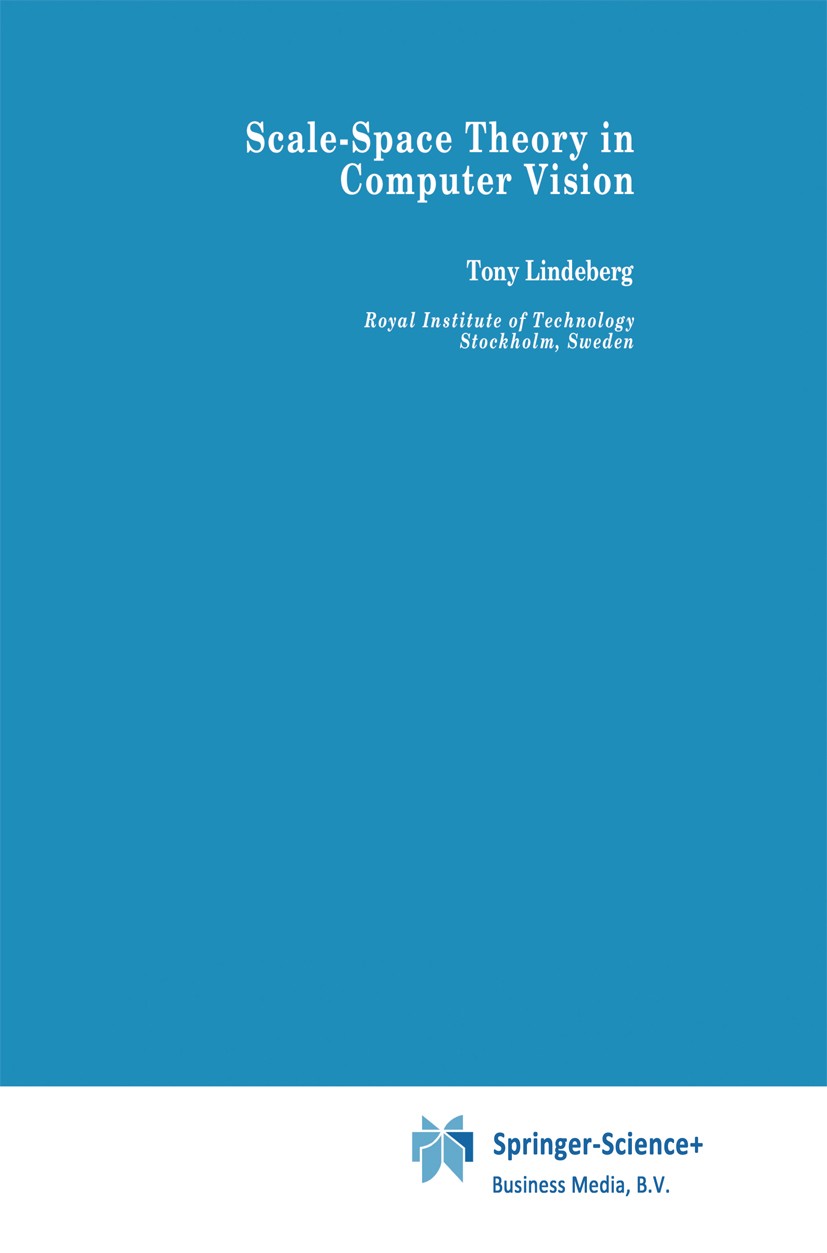| 书目名称 | Scale-Space Theory in Computer Vision |
| 编辑 | Tony Lindeberg |
| 视频video | http://file.papertrans.cn/862/861095/861095.mp4 |
| 丛书名称 | The Springer International Series in Engineering and Computer Science |
| 图书封面 |  |
| 描述 | The problem of scale pervades both the natural sciences and the vi sual arts. The earliest scientific discussions concentrate on visual per ception (much like today!) and occur in Euclid‘s (c. 300 B. C. ) Optics and Lucretius‘ (c. 100-55 B. C. ) On the Nature of the Universe. A very clear account in the spirit of modern "scale-space theory" is presented by Boscovitz (in 1758), with wide ranging applications to mathemat ics, physics and geography. Early applications occur in the cartographic problem of "generalization", the central idea being that a map in order to be useful has to be a "generalized" (coarse grained) representation of the actual terrain (Miller and Voskuil 1964). Broadening the scope asks for progressive summarizing. Very much the same problem occurs in the (realistic) artistic rendering of scenes. Artistic generalization has been analyzed in surprising detail by John Ruskin (in his Modern Painters), who even describes some of the more intricate generic "scale-spacesin gularities" in detail: Where the ancients considered only the merging of blobs under blurring, Ruskin discusses the case where a blob splits off another one when the resolution is decreased, a cas |
| 出版日期 | Book 1994 |
| 关键词 | Textur; algorithms; computer vision; detection |
| 版次 | 1 |
| doi | https://doi.org/10.1007/978-1-4757-6465-9 |
| isbn_softcover | 978-1-4419-5139-7 |
| isbn_ebook | 978-1-4757-6465-9Series ISSN 0893-3405 |
| issn_series | 0893-3405 |
| copyright | Springer Science+Business Media Dordrecht 1994 |
 |Archiver|手机版|小黑屋|
派博传思国际
( 京公网安备110108008328)
GMT+8, 2025-12-15 01:32
|Archiver|手机版|小黑屋|
派博传思国际
( 京公网安备110108008328)
GMT+8, 2025-12-15 01:32


